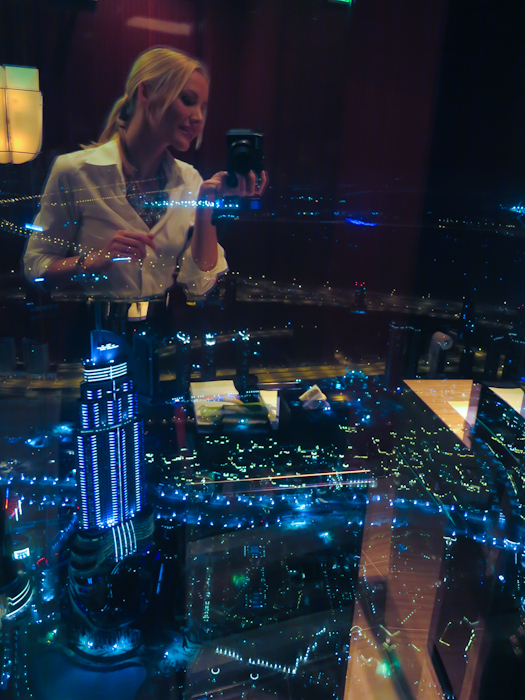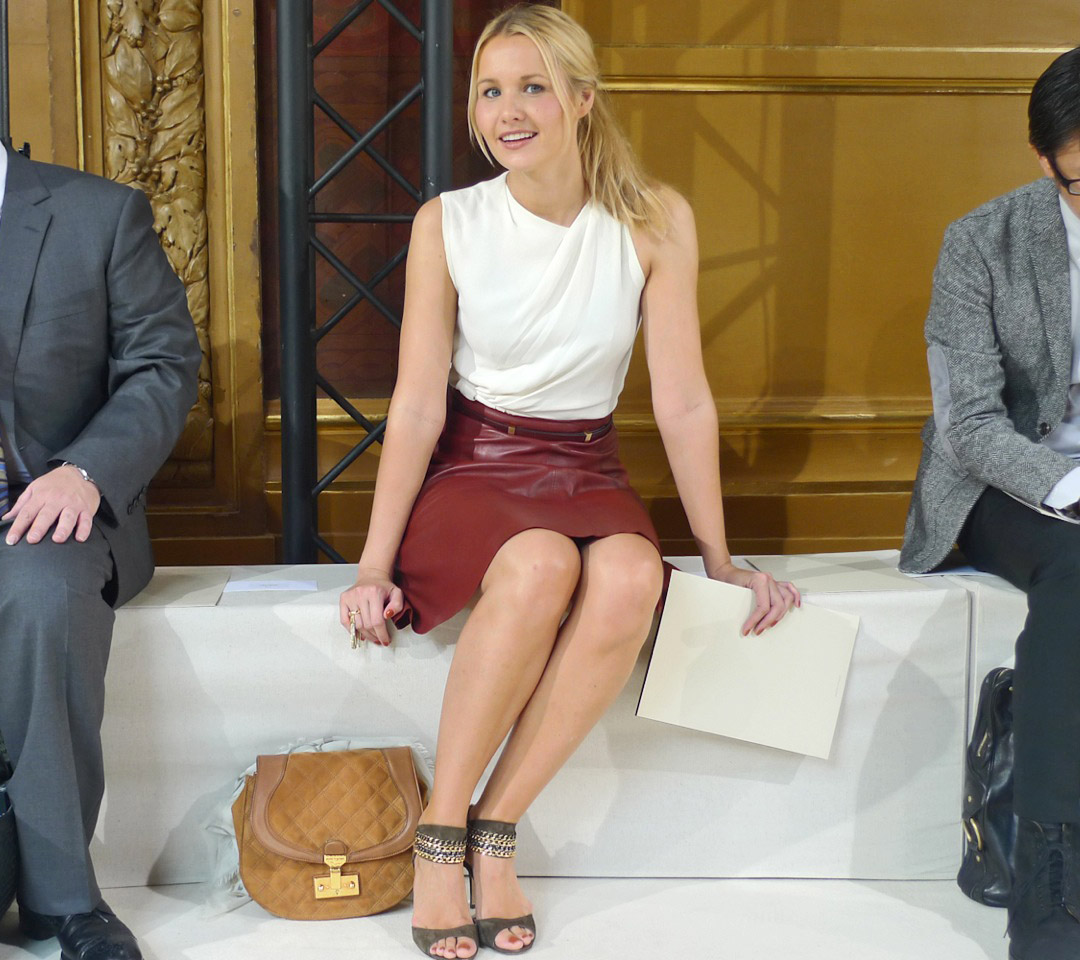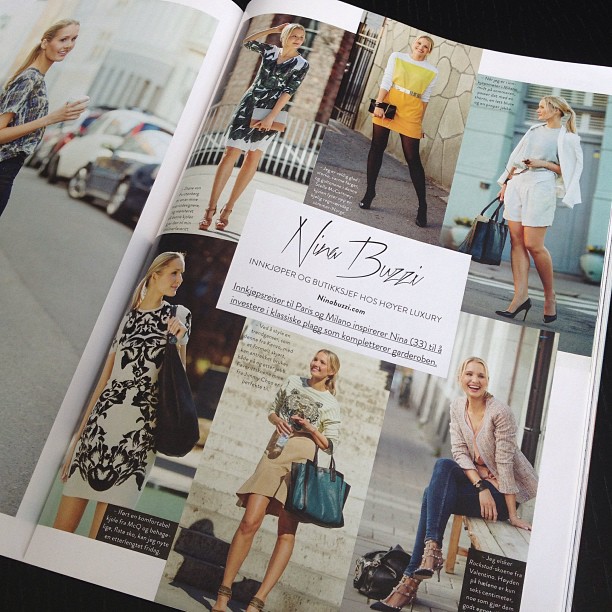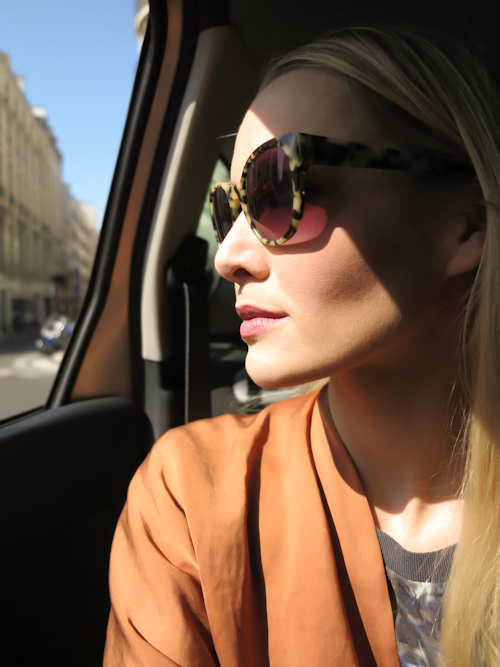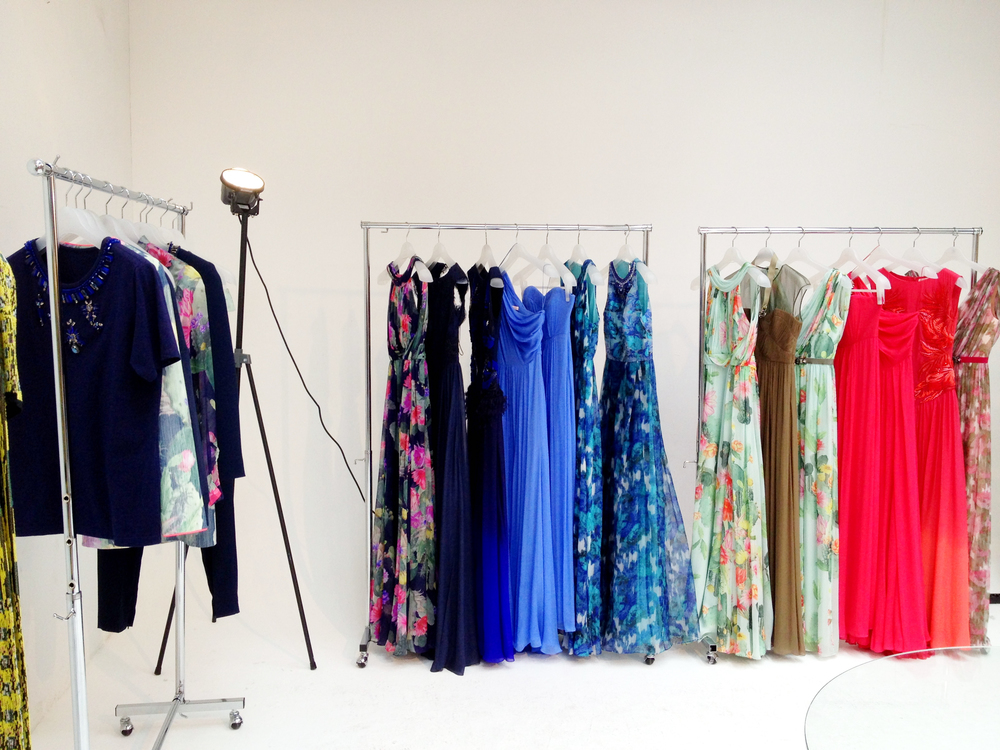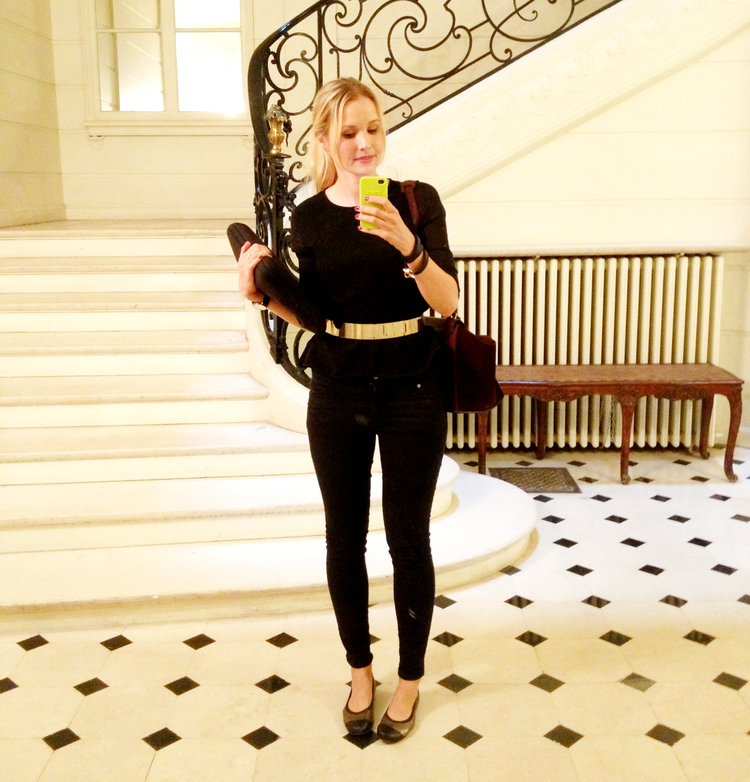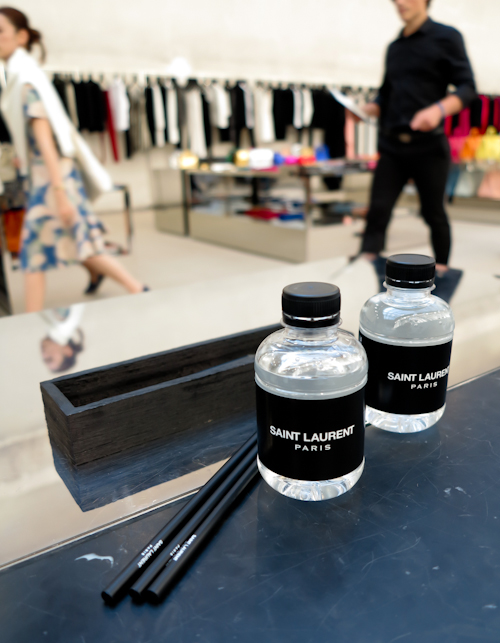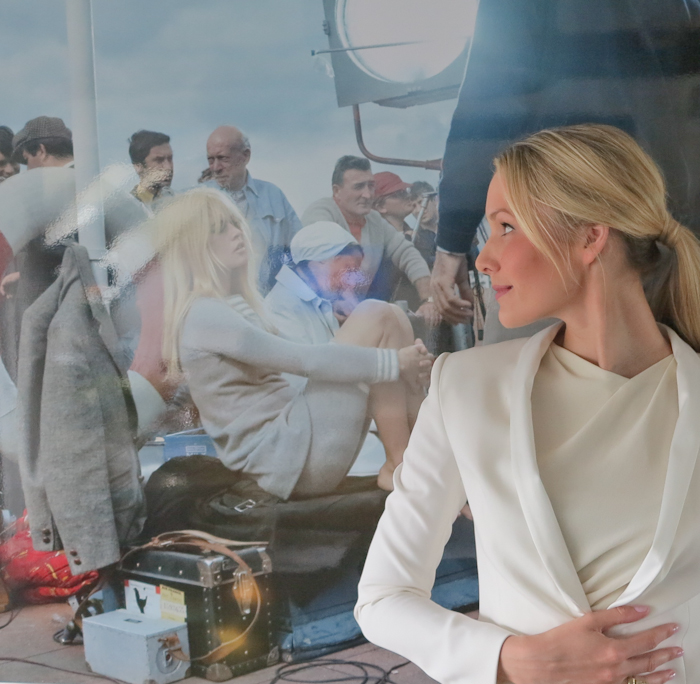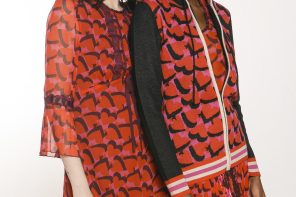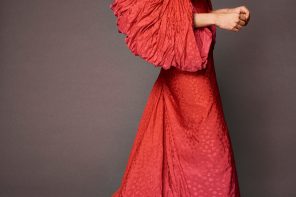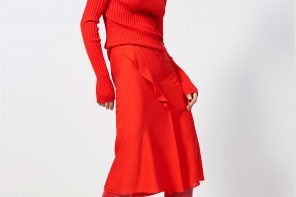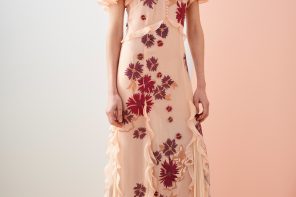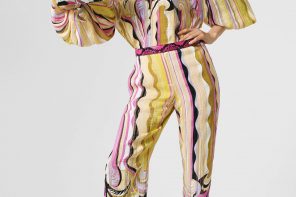INTERVIEW WITH NINA BUZZI
Written by Walter Grio
As a fairly new and inexperienced editor of a fashion website, I’m always curious to learn about the industry from people who are actually in it. And when you’re attending a runway show in Paris or New York, you sometimes wonder about the people in the front row. Aside from some of the more “famous” celebrities, you will find editors and stylists of major fashion magazines, PR directors and agents, and if the designers were smart, you will also find the ones who will buy the clothes — the buyers.
In the three short years that I’ve been attending and photographing runway shows, I have never actually met a buyer. So it was very fortunate that I would get an opportunity to do an email interview with a buyer whose actual job is to visit major fashion houses in Milan or Paris and buy clothes. It’s funny to think that we might have even crossed paths in Paris without even knowing it, but what’s even funnier is that this interview started with a joke on Instagram (which my friend Pascale originally shared).
After learning more about what buyers do, I’ve realized how important they are to this whole fashion ecosystem. In addition to the Anna Wintours and Stefano Tonchis of the world, buyers are driving what people are wearing. Their choices could spark a trend because after all, you wouldn’t even be able to buy the pieces at your favorite stores if it wasn’t for them. And in some ways, buyers are responsible for the success of a store. With all of those responsibilities, it was interesting to learn that in addition to their knowledge about their customers, in the end, it’s really all about their instincts.
This interview is definitely one of the more insightful things I’ve learned in a while with regards to the fashion industry and I’m grateful that Nina Buzzi took the time to share her knowledge and story. And I’m glad that she liked this joke.

INTERVIEW WITH NINA BUZZI
Tell us about your professional work.
I am the Head Buyer of Luxury Brands Womenswear for Høyer Eger in Oslo. I’ve had a leading position at Høyer Eger since we opened and my main responsibilities are developing and managing the Women’s Luxury department, such as planning the concept and the direction for the department, selecting which brands to represent, and then approaching the brands and building a portfolio of brands for the department step by step. The first luxury brand we confirmed was Stella McCartney, which also happens to be my favorite, and from there we built the store portfolio brand by brand.
What was it like in the beginning?
It was quite challenging and I literally knocked on the doors of the big fashion houses with my presentation under arm. Every season we added new accounts and now I am happy to say that we represent top international labels such as Céline, Chloé, Saint Laurent, Givenchy, Jimmy Choo, Valentino, Lanvin, MARNI, Stella McCartney, Charlotte Olympia, Proenza Schouler, Herve Leger, Matthew Williamson, Diane von Furstenberg, Sonia Rykiel, Helmut Lang, Alexander Wang, and the list goes on.
Last season we added more space for the luxury department to make room for more brands and this season we will actually move some of our best performing contemporary brands to a larger area, making room for a more specialized luxury area in the original space. We have been continuously expanding since the opening as there is always something new happening every season. It is one of the things I find truly exciting with this job.
When did you know you wanted to do this?
I was studying to become a fashion designer at University of Technology in Sydney and a buyer from David Jones held a presentation for us about his job. I remember that it was then that I realized that working as a luxury buyer was something I really wanted to do. However, I started out in the design department in the headquarters of a large chain store in Norway for a few years after going to the university — before I went on to do what I do today.
What advice would you give to someone who’s just starting out in the fashion industry?
To have passion for what you do is key. Also, don’t sit around and wait for an opportunity to arise for your bosses to see you — show interest in different fields of your company and you can create your own career.
Starting out of college, you often work hard and just hope that someone sees that you have done your job well and hope for a promotion or for more exciting new tasks. But bosses don’t usually read minds or have the time to really see what you do. You need to make it loud and clear, take responsibility, and do the extra work for it to be seen.
What’s your schedule like?
My schedule varies throughout the year. In some periods of the year (January, March, June, July, and October), there is a lot of traveling and I go to Paris and Milan for the buying sessions. I really love the buzz of the showrooms and seing the collections up close, and I do feel a great sense of responsibility for picking the right items for our customers.
When I’m not traveling, I am working pretty hands-on in the store. I am in charge of the staff and the staff training, visual merchandising for the Women’s Luxury environment, Høyer Luxury VIP customer events every season, and presenting Høyer Luxury in the media. I am in the store as much as I can with customers and recently I have also been in charge of developing our personal shopping service. When I have time I also do personal shopping with clients.
What are some of the challenging parts about your job?
I’m aware that I have many “hats”, but this is also one of the things I love about my job and the company I work for: that I can be a part of the bigger picture. In this way, I feel that I have learned very quickly. But of course, in busy times this is also the challenging part.
It is funny how the fun part sometimes also is the challenging part — for example, I love traveling and I don’t mind traveling solo which is what I do most of the time, but recently the traveling schedule has been just a little bit too hectic so I am trying to cut back as much as I can and doing shorter trips. Especially during the pre-collections — the brands I buy don’t show in the same cities during the same time period, so there is a lot of going back and forth. All of the buyers complain about it in the showrooms, but it still seems like it’s becoming worse and worse every year.
Can you take us through the process of what it’s like when you’re looking at a collection?
When I make my edit from a collection, my first priority is, “will it sell?” In some parts of the fashion industry, being “commercial” is a curse word — taboo almost, but “commercial” is obviously what a buyer is always looking for. An item can be extremely creative or fabulous, but if I don’t see a customer for it, I’m out.
The collections presented to us are very large usually, so doing the right edit is key. It is about knowing our market thoroughly and predicting what will sell in our market.
Being a buyer is obviously about numbers, but I would also say it is an instinct — a gut feeling of what your customers will love. Also, you don’t have a very long time to think about it — usually a buying session is about three hours max for the whole collection.
Is the thought process different than when you’re shopping for yourself personally?
I don’t shop for myself when I do the edit. I have our market in mind, but I still have to love the item in some way. I have found out the hard way that if there is something I don’t truly like personally, but still feeling pushed to order it for some reason or another, it just doesn’t sell. So I have learned to really trust my gut feeling.
When I buy for the store I also look for timeless pieces that our clients can invest in. The season’s “it” pieces are always fun, but in large, what I buy for the store and also what I advise clients to do, is to invest in pieces that will last for years and will make a great addition to a wardrobe.
What’s the secret to building a wardrobe?
To build a beautiful wardrobe is not something you can do in one season — it is about gradually adding some key pieces every season. It’s also not about buying everything expensive. It is about knowing which pieces to splurge on and where it isn’t necessary to spend so much. To build the perfect wardrobe for every client is an individual and personal thing — and what works as a classic for one client isn’t necessarily right for another.
My interest for this subject is actually how the idea for The Wardrobe Editor came about — I have written several articles and sometimes do client presentations about this topic. The Wardrobe Editor is about collecting my ideas and thoughts around this subject.
Tell us more about your blog, The Wardrobe Editor.
I started The Wardrobe Editor only a few months ago. It is something I’ve had in mind for a long time.
One of my passions is photography and another is to talk about personal styling with clients, so I thought it would be fun to combine the two things and have a personal space I could post this. I have to admit that the most challenging part was that I actually launched the site just before my busiest period at work, where I have traveled a lot, so I am looking forward to this fall when I will have more time to start posting more tips about the essence of the blog — which is, “how to edit your wardrobe.”
The fun part of a blog is that it is an ongoing process — it is never done. I think it will develop over time. I never thought I would ever post any photos of myself, as I am quite camera shy and it is just not my thing, but lately there have been some of those posts too. I just know when I look at other people’s blogs, I love to see the person behind it. Although I find the time aspect a little challenging when doing a blog, I try not to let it stress me. This is about my personal space and I will do it as long as I love doing it!
RELATED LINKS
+ THE WARDROBE EDITOR BY NINA BUZZI
+ NINA BUZZI INSTAGRAM
+ HØYER EGER

